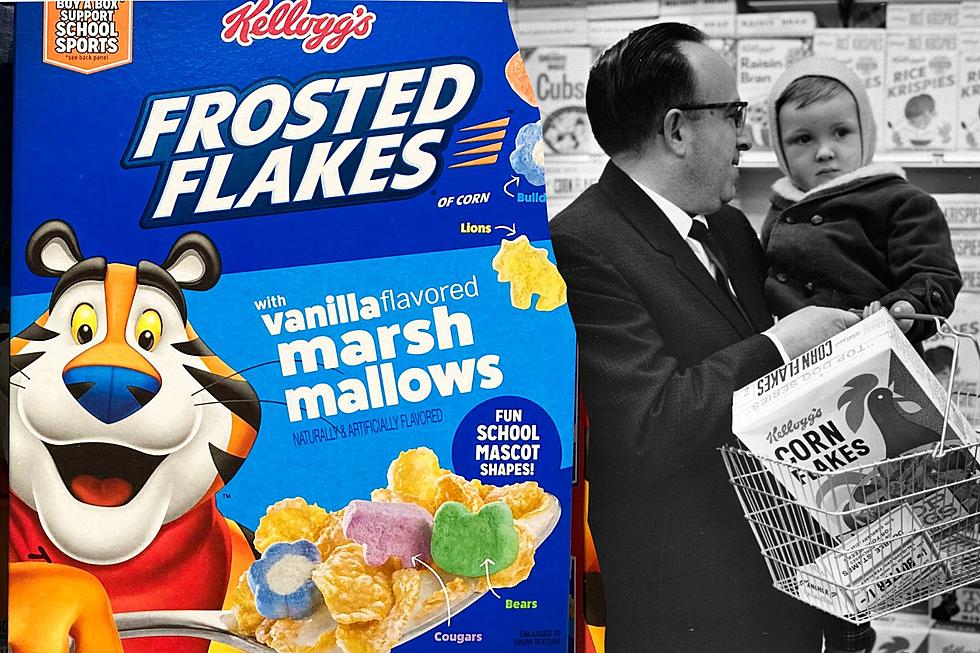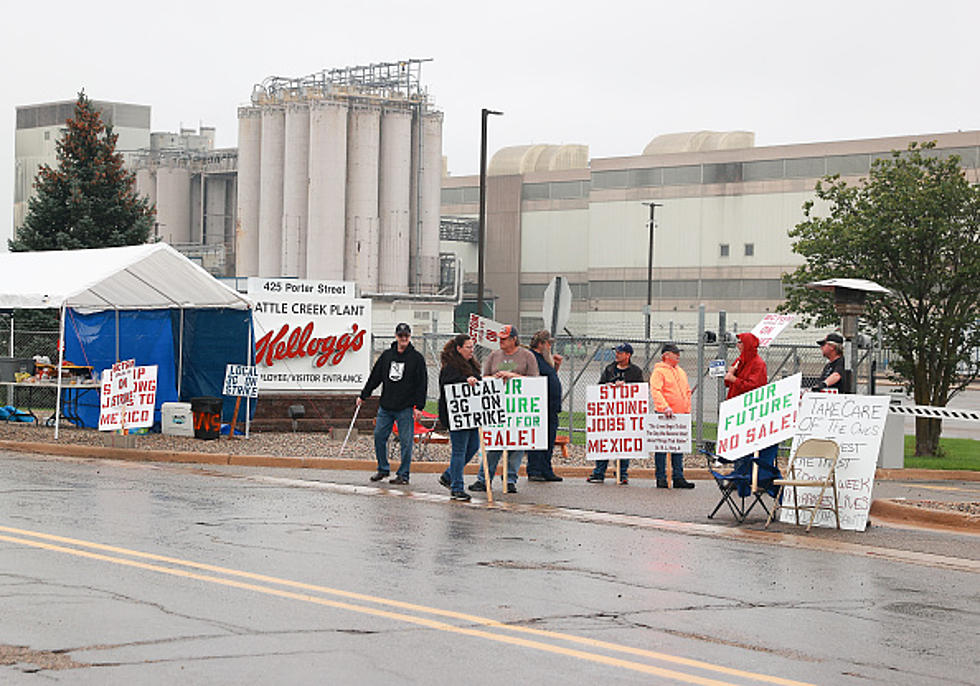
Kellogg Survey Creates Discussion of Suburban Hunger
Kellogg Company has released the results of their new survey about poverty and hunger. The survey shows that most Americans are unaware of the growing problem of hunger in the suburbs.
A survey released last week by Kellogg Company reveals most Americans are unaware of the growing need for assistance for food insecure people in suburbia.
In the nationwide survey, only 35 percent of respondents said families in the suburbs would be more likely to experience hunger, yet according to government data, hunger, especially for households with children, has been growing faster in suburbs than cities since 2007.
"Lack of awareness of hunger in the suburbs is a huge problem because it means that resources often aren't sufficient to address the growing problem," said Julie Bosley, Director, Corporate Social Responsibility, Kellogg Company. "This challenge, for example, puts stresses on suburban schools trying to expand school breakfast programs for kids who need it and in other instances, the lack of resources can make it harder for those in need to access social programs, like food pantries that may not be as available in the suburbs."
Suburban communities now account for nearly half of new students eligible for free or reduced school meals, according to USDA and the Department of Education.
The Kellogg survey found perceptions of food insecurity in America do not reflect the new reality facing millions of newly poor families in the suburbs:
- In 2012, there were 16.5 million Americans living below the poverty line in the suburbs compared with 13.5 million in cities, according to a 2014 report from Brooking Institution.
- The number of suburban poor is growing at a more rapid rate than those in urban areas.
- The number of suburban poor living in neighborhoods with high unemployment and poverty grew by 139 percent since 2000, compared with a 50 percent jump in urban areas/cities.
The survey also found a disparity in awareness of food insecurity in the suburbs among different demographic groups:
- Those employed full-time (41 percent) were more aware versus the unemployed (35 percent) and retirees (20 percent).
- Only 6 percent of people with no children said assistance was most needed in the suburbs, versus 16 percent of respondents with children.
- The older the respondent, the less likely they were aware of the need for assistance in the suburbs. For those ages 55-plus, only 5 percent believed need for assistance is greatest in the suburbs (67 percent urban; 28 percent rural).
- The larger the size of the household, the more likely they were to be aware of hunger in the suburbs:
- For households of only one, 24 percent said a family in the suburbs is more likely to experience food insecurity.
- For households of five, 43 percent said a family in the suburbs is more likely to experience food insecurity.
More From 100.5 FM The River









